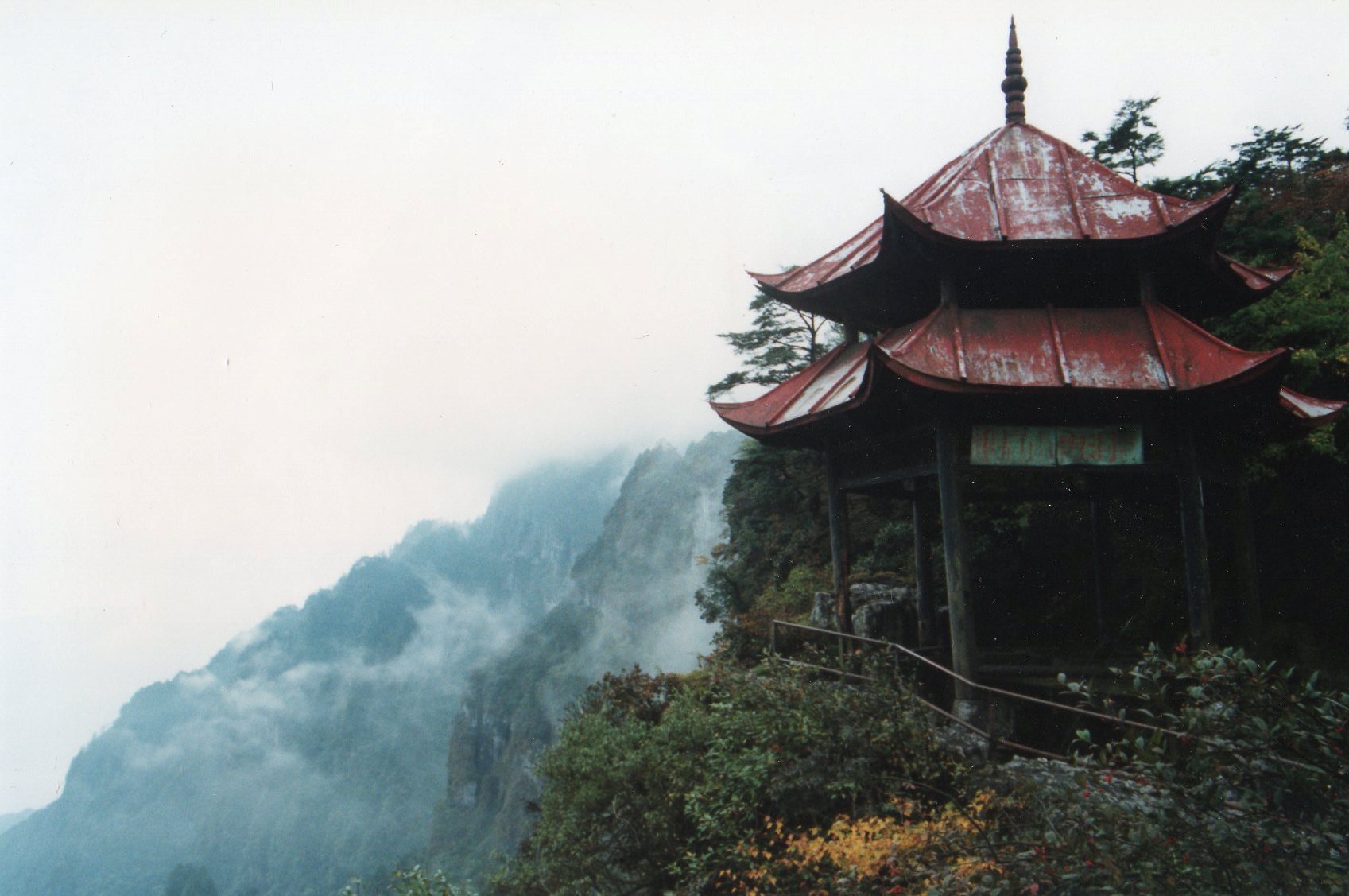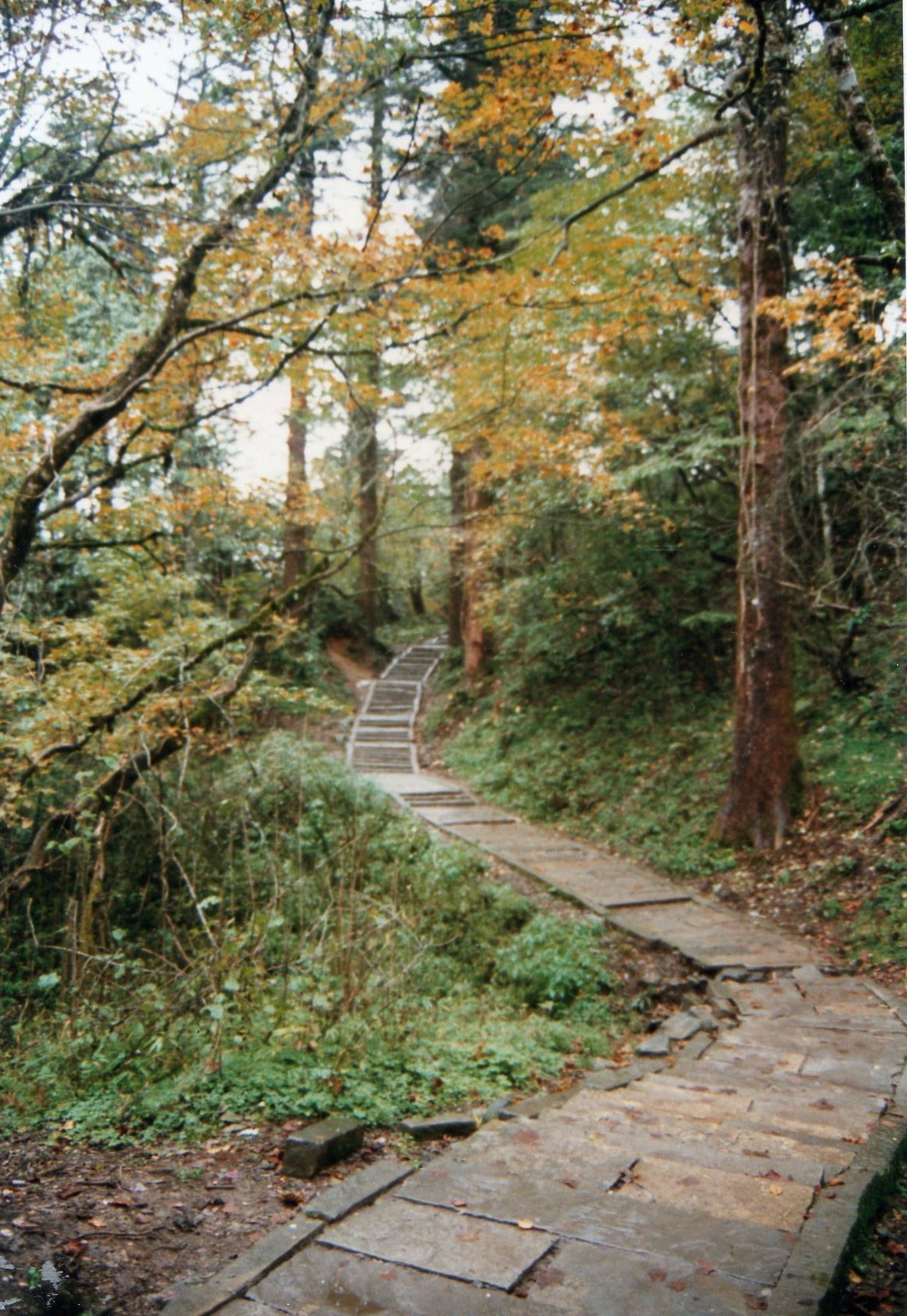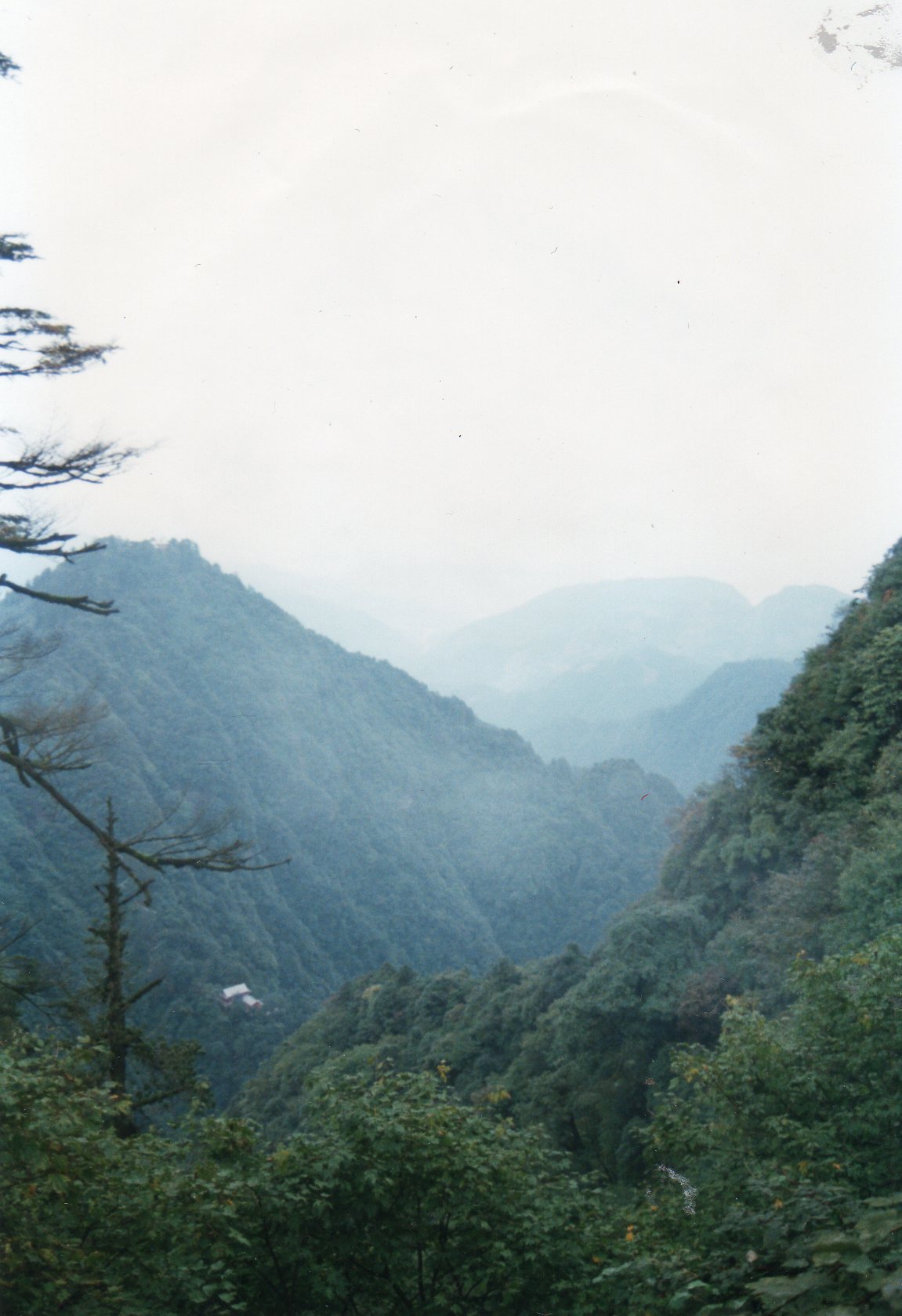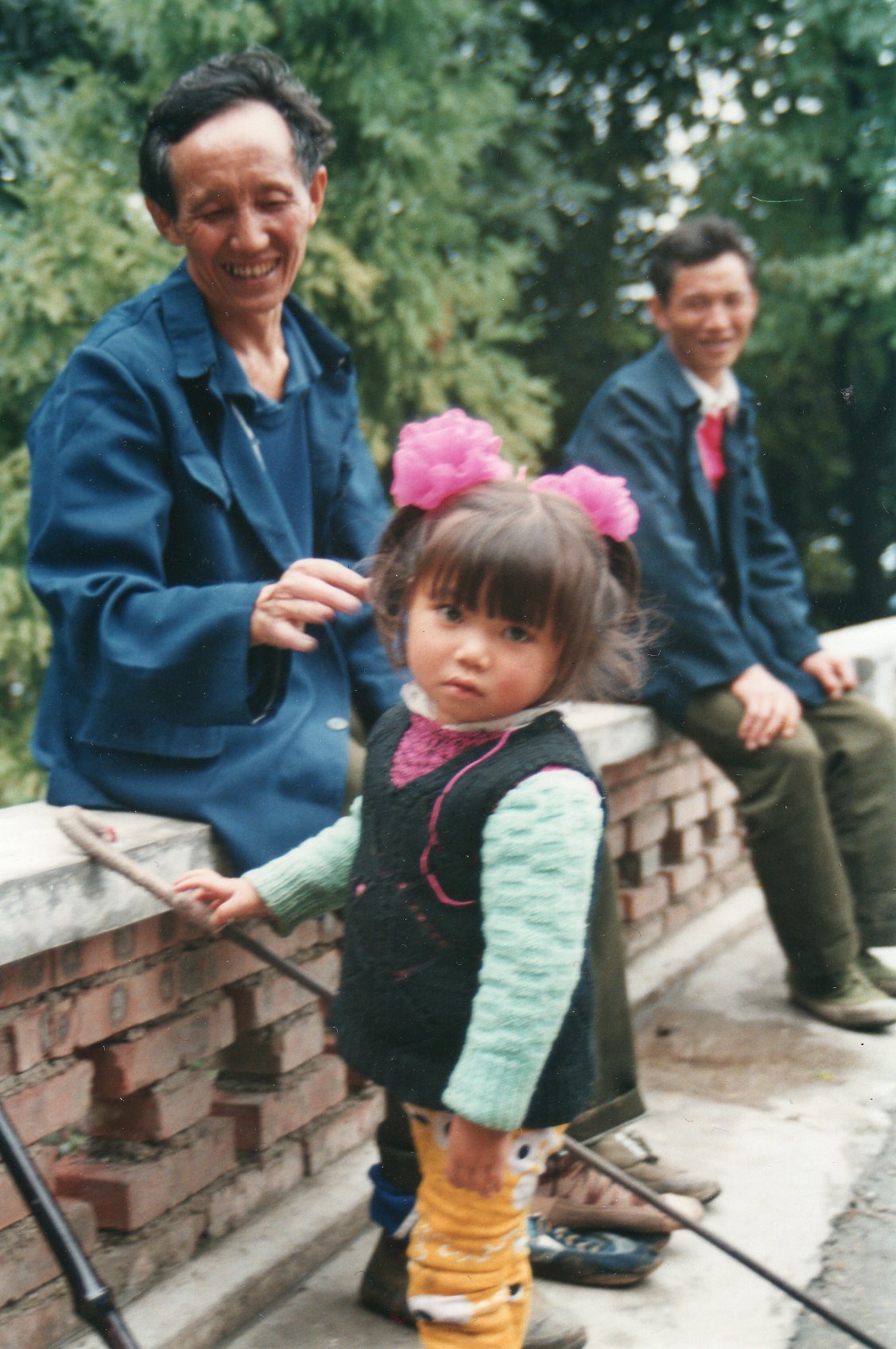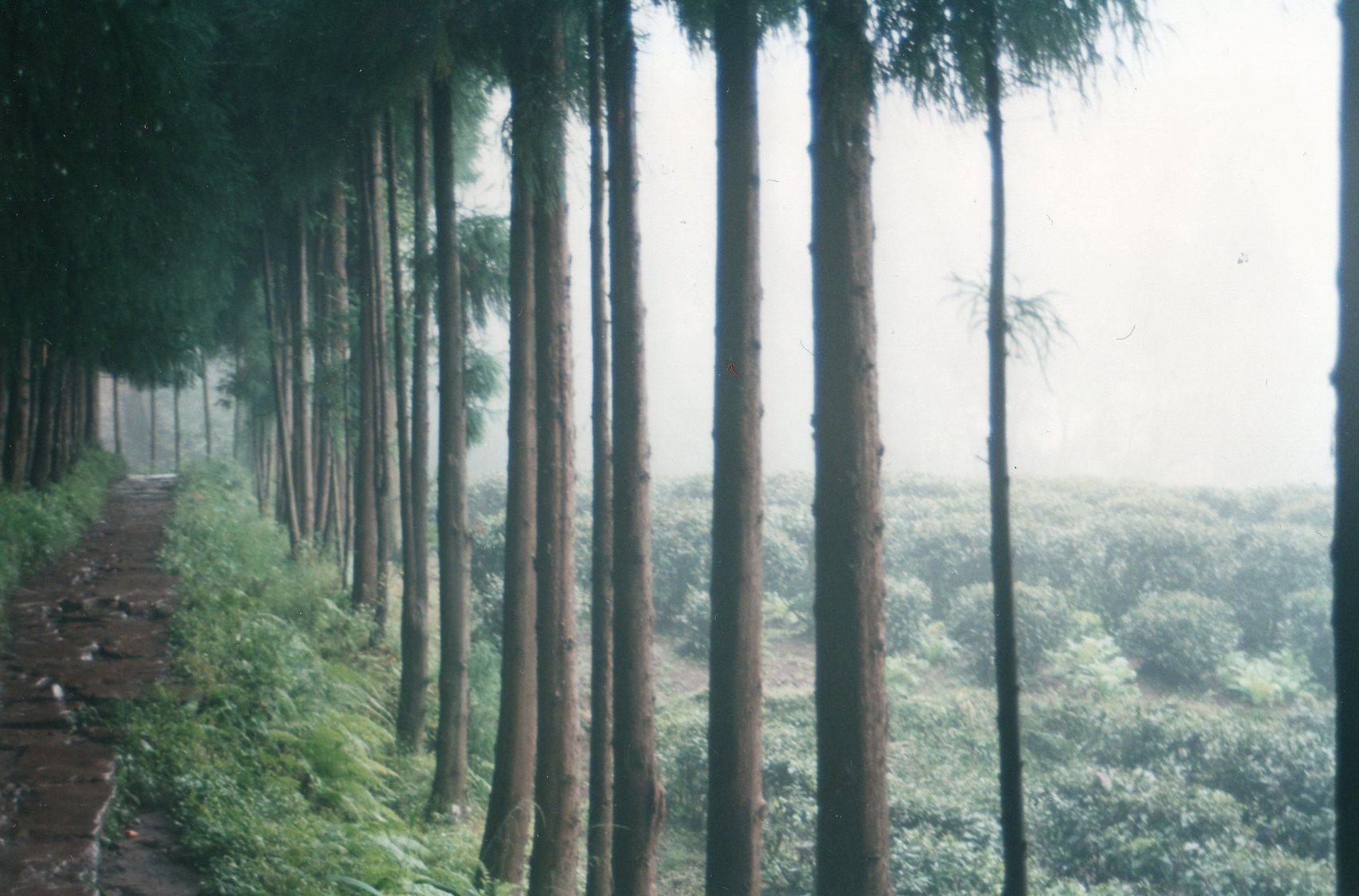Emei Shan
Key information: Emei Shan 
- One of China's sacred mountains, and the first bastion of the mountainous Tibetan fringe. A magical, historic place of forests, cliffs and chasms dotted with temples, pagodas and other sites, where people have been walking and contemplating for more than a millennium.
- Walk up ancient stone paths and steps, past temples and tea plantations, then through cloud and bamboo forest. Pass ancient buildings; stay in an ox-blood Buddhist monastery. Catch glimpses of mist-wreathed cliffs as you get higher.
- At the Golden Summit, explore the temples, glimpse the vast abyss beneath the peak through swirling cloud - or occasionally get a magnificent view toward the mountains and over the hazy plain of Sichuan plain.
- You gain altitude fast, climbing endless flights of hewn steps: pace yourself. Come prepared for unpredictable mountain weather.
- Huge numbers come at high times: avoid these, or be prepared to walk on remoter paths if you want seclusion.
Walkopedia rating
- Walkopedia rating87
- Beauty31
- Natural interest15
- Human interest14
- Charisma32
- Negative points5
- Total rating87
- Note: A tough slog up endless steps; rapid altitude gain; crowds at the top
Vital Statistics
- Length: 2-3 days
- Maximum Altitude: 3,099m
- Level of Difficulty: Strenuous
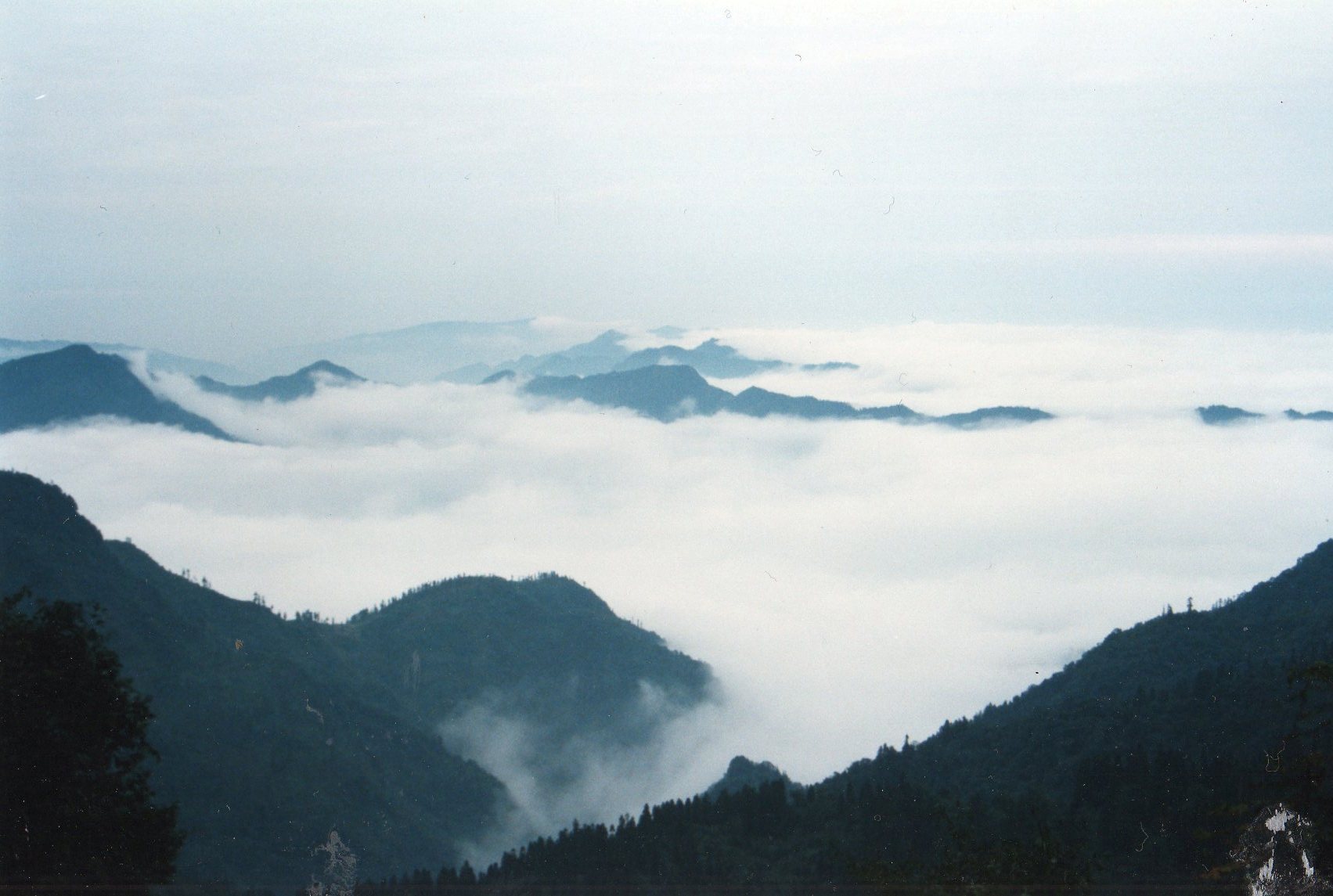
WALK SUMMARY
WILLIAM MACKESY'S ACCOUNT
of this walk
My climb up Emei Shan, the sacred mountain in western China, in the autumn of 1991, has influenced the course of my life. Much has changed since I was there, so do not treat this account as up-to-date.
I had been living in Hong Kong for 3 years by then, and had been to China's �easier� places, such as Beijing, Shanghai and Guilin. This was my first expedition into the back woods. It was not all that long since China's opening up to the world after the turmoil of the Cultural Revolution, and foreigners were still rare enough to be stared at even in the great cities. With.....
READ MOREOther accounts: share your experiences
Your comments on this walk, your experiences and suggestions, and your photos are very welcome. Where appropriate, you will be credited for your contribution.
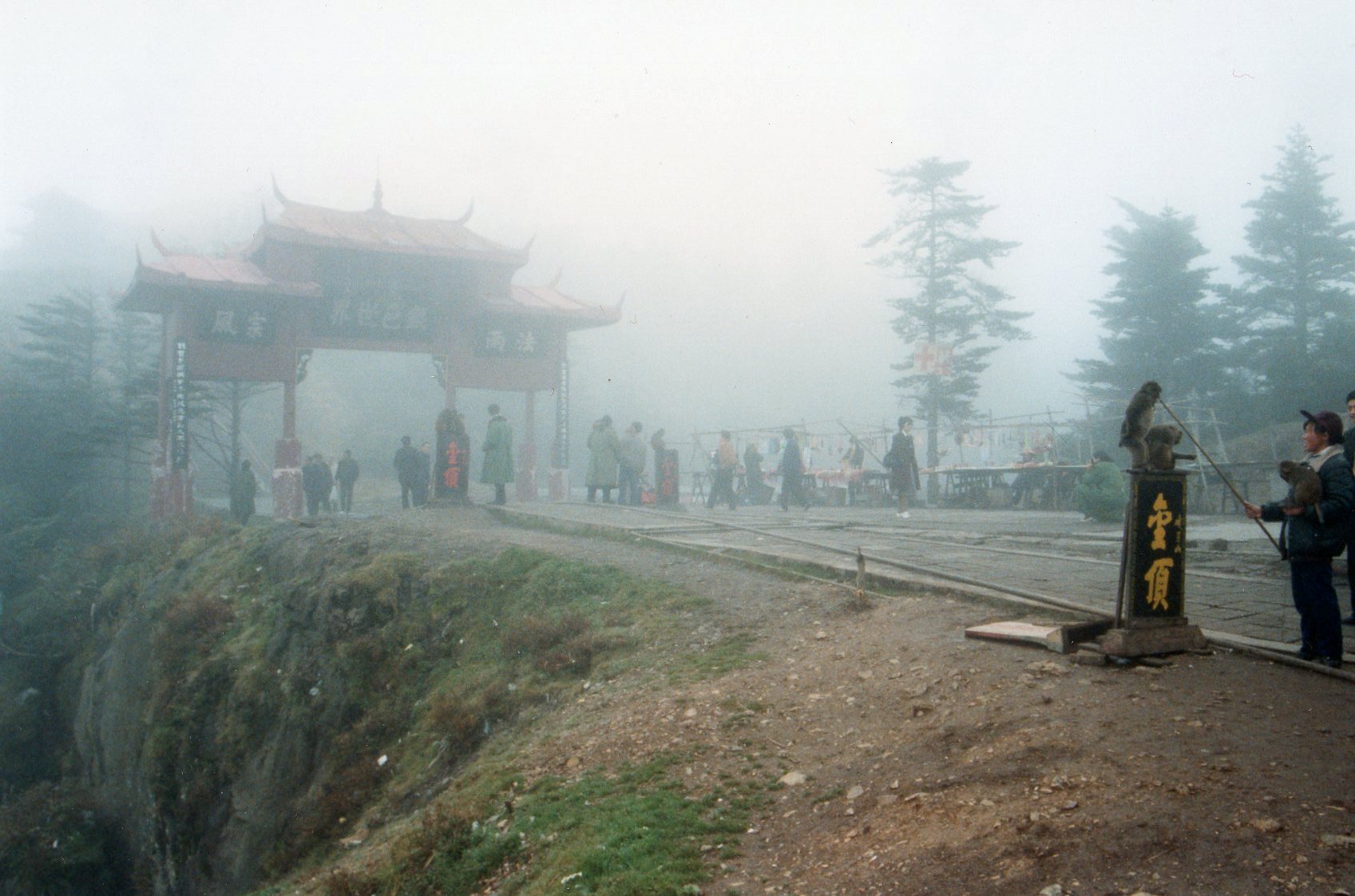
We have a lot of helpful practical information and tips about this walk, covering everything from the best books and maps, to timing and weather, geting there, possible problems, whether you need a guide and where to find them, and useful websites. This section is only open to members.
Membership is FREE AND JOINING TAKES 30 SECONDS. To login or sign up click here
Safety and problems: All walks have inherent risks and potential problems, and many of the walks featured on this website involve significant risks, dangers and problems. Problems of any sort can arise on any walk. This website does not purport to identify any (or all) actual or potential risks, dangers and problems that may relate to any particular walk.
Any person who is considering undertaking this walk should do careful research and make their own assessment of the risks, dangers and possible problems involved. They should also go to “Important information” for further important information.
Anyone planning an expedition to this place should see further important information about this walk.
Safety and problems: All walks have inherent risks and potential problems, and many of the walks featured on this website involve significant risks, dangers and problems. Problems of any sort can arise on any walk. This website does not purport to identify any (or all) actual or potential risks, dangers and problems that may relate to any particular walk.
Any person who is considering undertaking this walk should do careful research and make their own assessment of the risks, dangers and possible problems involved. They should also go to “Important information” for further important information.
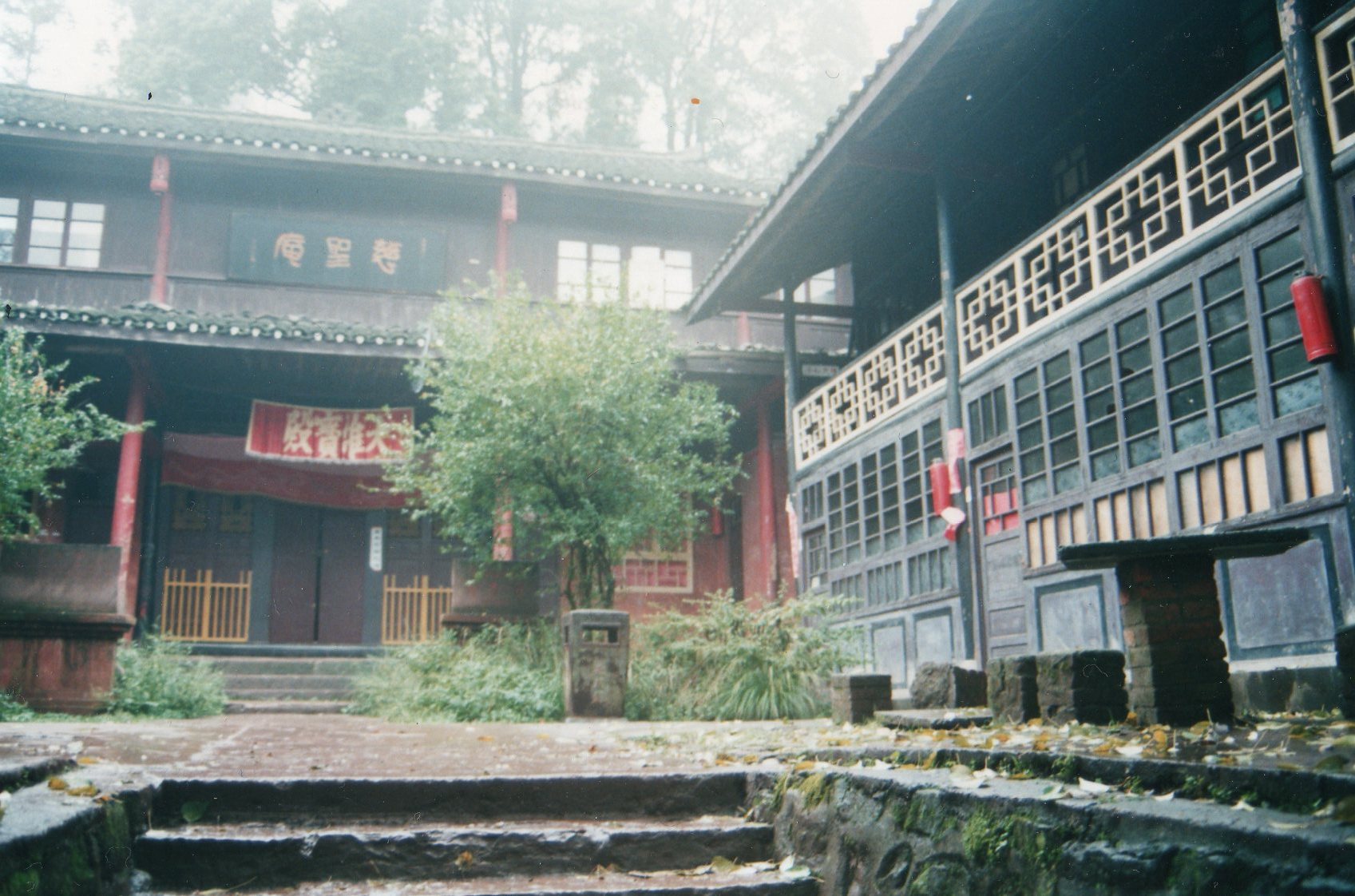
OTHER ACCOUNTS
share your experiences
Add your experiences, suggestions and photos. We would be delighted to receive your writing and ideas (which will be attributed appropriately where published).
Anyone planning an expedition to this place should see further important information about this walk.
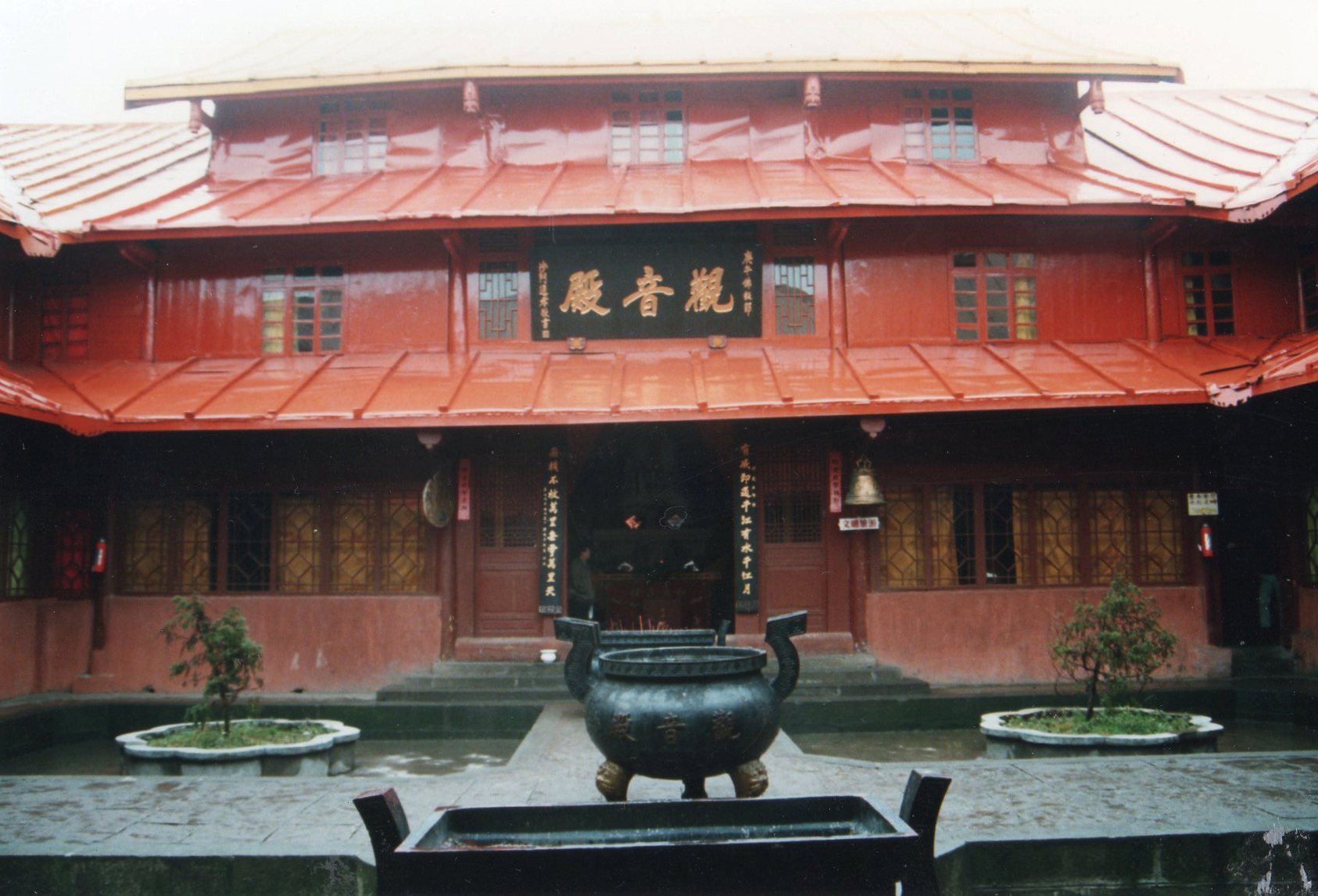
Responsible travel matters, a lot. How you travel will make a real difference - for better or worse. PLEASE consider this when making plans. Read more



